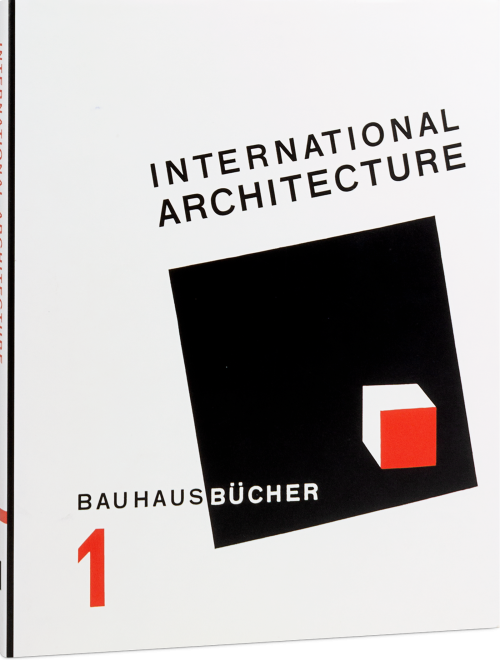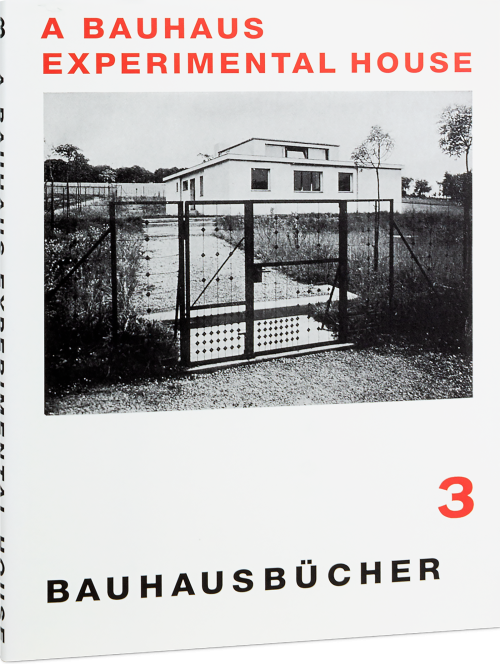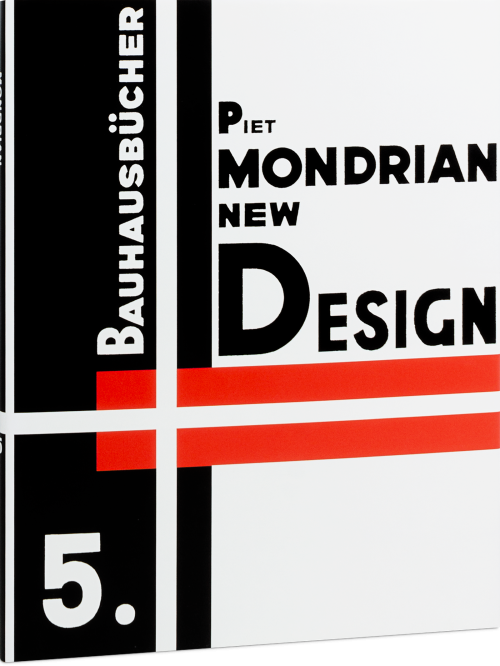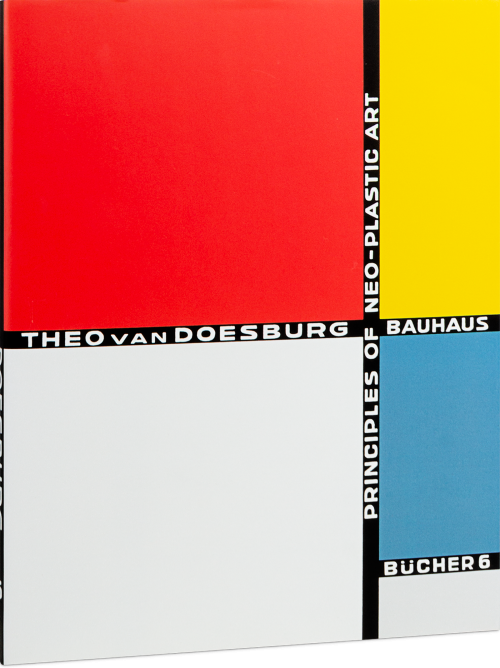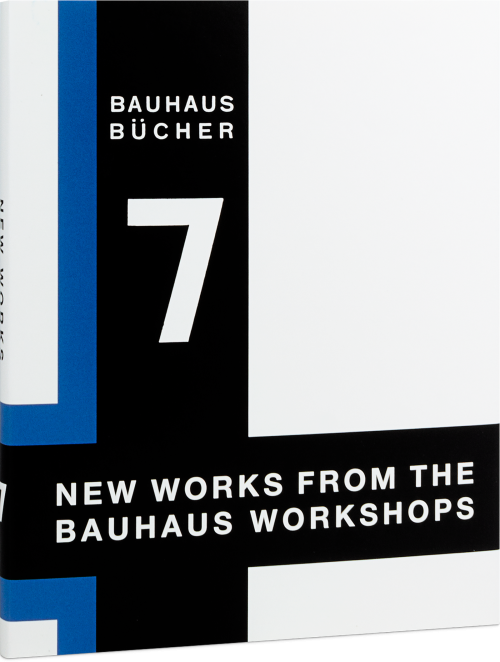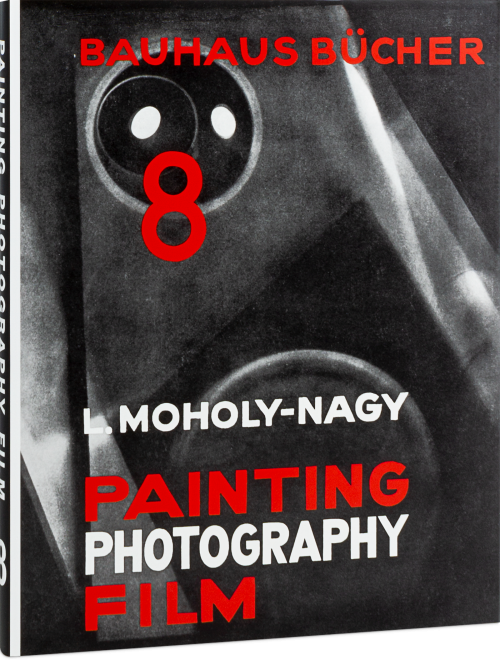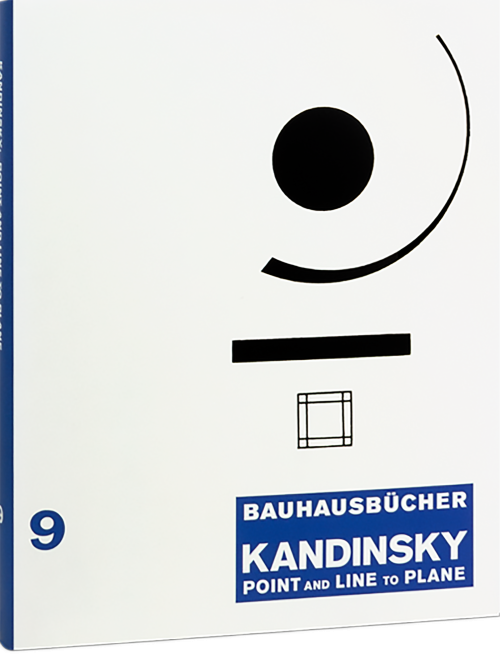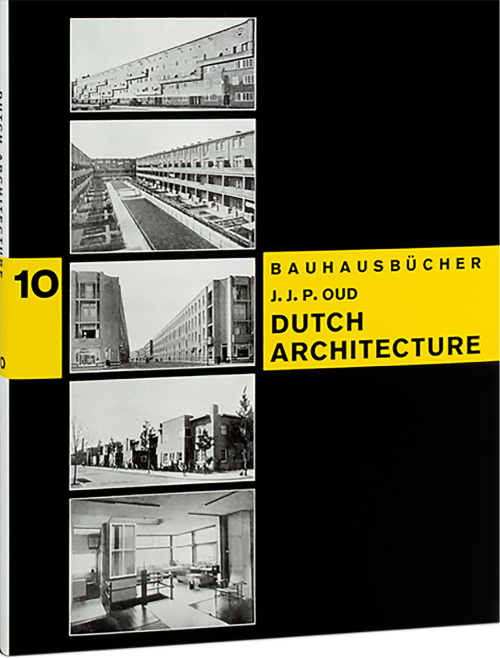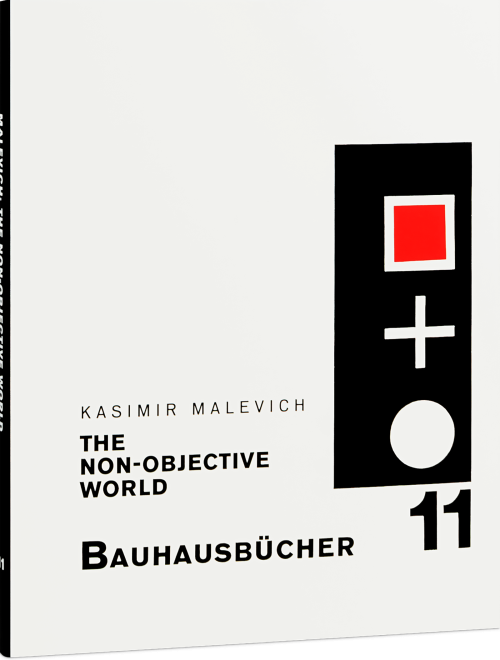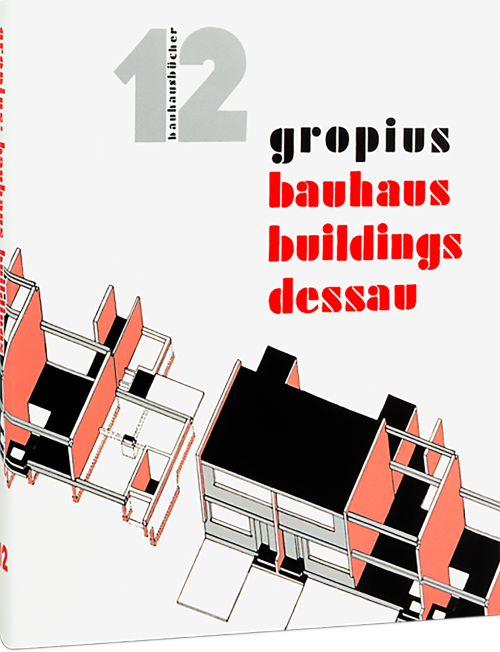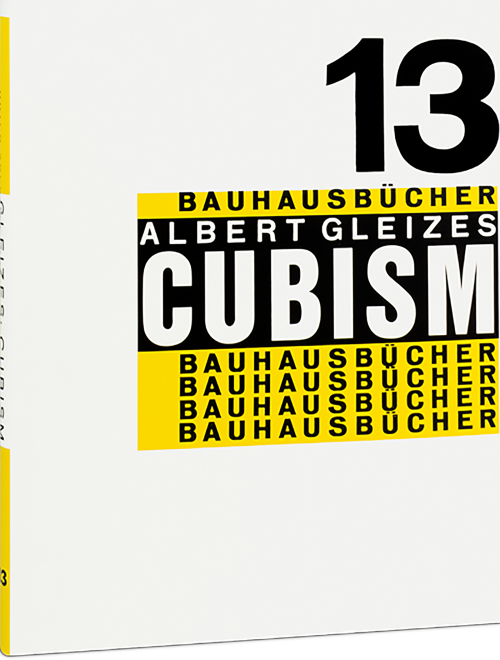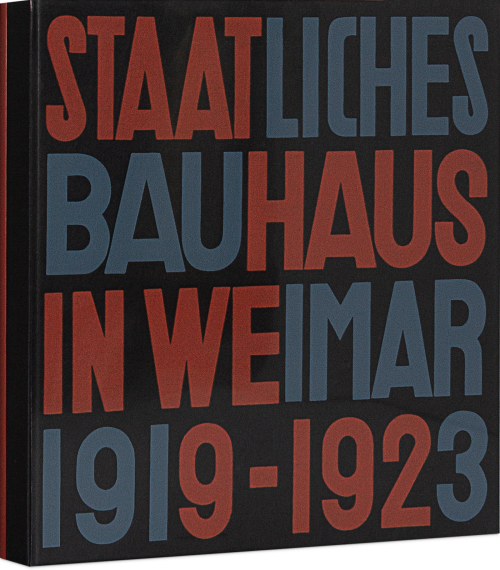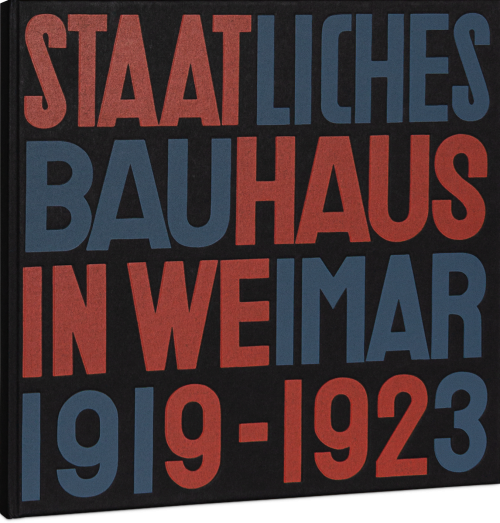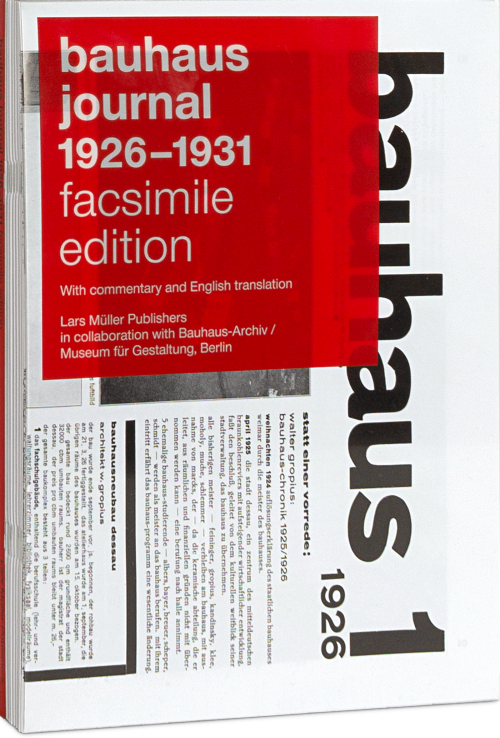
Pedagogical Sketchbook
Active at the Bauhaus between 1920 and 1931, teaching in the bookbinding, stained glass and mural-painting workshops, Paul Klee (1879–1940) brought his expressive blend of color and line to the school—and, with the second volume in the Bauhausbücher series, beyond its walls.
In his legendary Pedagogical Sketchbook, Paul Klee takes a theoretical approach to drawing using geometric shapes and lines. Evincing a desire to reunite artistic design and craft, and written in a tone that oscillates between the seeming objectivity of the diagram, the rhetoric of science and mathematics, and an abstract, quasi-mystical intuition, Klee’s text expresses key aspects of the Bauhaus’ pedagogy and guiding philosophies. And while Klee’s method is deeply personal, in the context of the fundamentally multivocal Bauhaus, his individual approach to abstract form is typical in its idiosyncrasy. In this book, he presents his own theory about the relationships between line, shape, surface, and color in the visual space.
In the present volume, the 1953 English translation by Sibyl Moholy-Nagy is combined with the design and physical qualities of the original German edition from 1925.
The series is published with the generous support of the Rudolf-August Oetker-Stiftung.
Active at the Bauhaus between 1920 and 1931, teaching in the bookbinding, stained glass and mural-painting workshops, Paul Klee (1879–1940) brought his expressive blend of color and line to the school—and, with the second volume in the Bauhausbücher series, beyond its walls.
In his legendary Pedagogical Sketchbook, Paul Klee takes a theoretical approach to drawing using geometric shapes and lines. Evincing a desire to reunite artistic design and craft, and written in a tone that oscillates between the seeming objectivity of the diagram, the rhetoric of science and mathematics, and an abstract, quasi-mystical intuition, Klee’s text expresses key aspects of the Bauhaus’ pedagogy and guiding philosophies. And while Klee’s method is deeply personal, in the context of the fundamentally multivocal Bauhaus, his individual approach to abstract form is typical in its idiosyncrasy. In this book, he presents his own theory about the relationships between line, shape, surface, and color in the visual space.
In the present volume, the 1953 English translation by Sibyl Moholy-Nagy is combined with the design and physical qualities of the original German edition from 1925.
The series is published with the generous support of the Rudolf-August Oetker-Stiftung.
«Ein wahres publizistisches Highlight im Bauhaus-Jubiläumsjahr.»
- Cold Perfection
“It is these authentic writings, the Bauhaus' original publications, that illuminate its legacy in the most accurate way.”
- Daniella on Design








